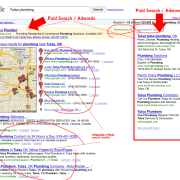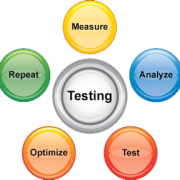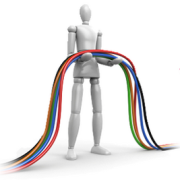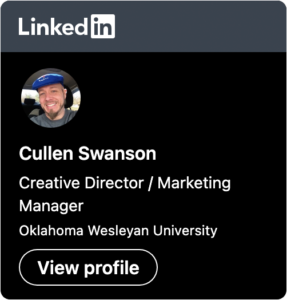Desktop Publishing – Part 2
In the last installment that we posted on desktop publishing back on September 6th, we mentioned some do’s and don’ts for those of you wanting to get some designs done in house (from your own office) without hiring a professional graphic artist or designer. Although we recommend that your marketing efforts be developed professionally, we are posting this advice from the assumption that you have gone to the trouble to at least have your logo and Web site designed by an agency that knew what they were doing. We never recommend designing your own logo or attempting to put your own Web site together. Graphic design and web design standards change too often for the average consumer to know what’s on the up and up, and to actually produce something that will have any kind of shelf life.
To continue with our discussion, let’s look at a few more things you should keep in mind:
1. More color is not necessarily good. I read a book once called, Ogilvy on Advertising written by David Olivy, considered by many to be the Father of Advertising with decades of experience and testing the advertising industry. It has been well over two years since I read this book, but one thing I do remember from it over all others that particularly interested me was something he said that years of researched had proved. He pointed out that on multiple occasions when visually compelling advertising campaigns were produced, and everyone in the firm (including the client) was overjoyed with the visual quality and design, Mr. Ogilvy said that those campaigns 100% of the time NEVER performed to everyone’s expectations. He stated that the designs that were loaded with color and were loaded with excellent graphics and flashy objects never performed well. He goes on to say that the ad campaigns that no one wanted to choose because they seemed bland and underdeveloped nearly 100% of the time outperformed other campaigns, and in most cases, recorded record breaking sales numbers.
I know we don’t like to hear that, because it’s not pretty, but the numbers don’t lie! So, follow this easy to remember design principle: Keep it Simple, Stupid!
2. Try not to use knock-out type. Knock-out type is white letters over a dark background. It is difficult to read, so if you do it, then do it sparingly. Yes, our entire website, www.innovatedmedia.com, is white type over a dark background. We did this intentionally because it was the look that we wanted to portray to our audience. People come to our site looking for quality design, and whether or not we are capable of producing cool, edgy graphics. The purpose of our site is not to generate leads, although many times it does. 98% of our new clients come from existing clients, so we made the decision to make the website a place to showcase our work – not to get more customers. It is different when you are doing a newsletter or an advertisement where the purpose is to generate leads for your organization. Avoid using knock-out type, or if you do use it, keep it for Headline and call to action use only.
3. Tell the story with your headlines. People scan; they don’t read. If I can look at your brochure, and can tell what you do and what your offer is by looking at the graphical elements and just reading the subheads and larger type, you have done a good job on your design. Very few people will take the time to read the entire content on a mailer or advertisement especially if it lands in their mailbox and your design is competing with other mail pieces. Weed out all unnecessary content, and stick with your call to action and how they can get in touch with you.
4. Space between paragraphs. Creating a visibly obvious space between paragraphs increases the readership by 12%. Not sure where that number comes from. Ask David Ogilvy!
Well, that’s it. I hope these points help you. If you are still having trouble, just get in touch with us, and we’ll do everything for you. Experience doesn’t lie, and neither do the numbers.





















